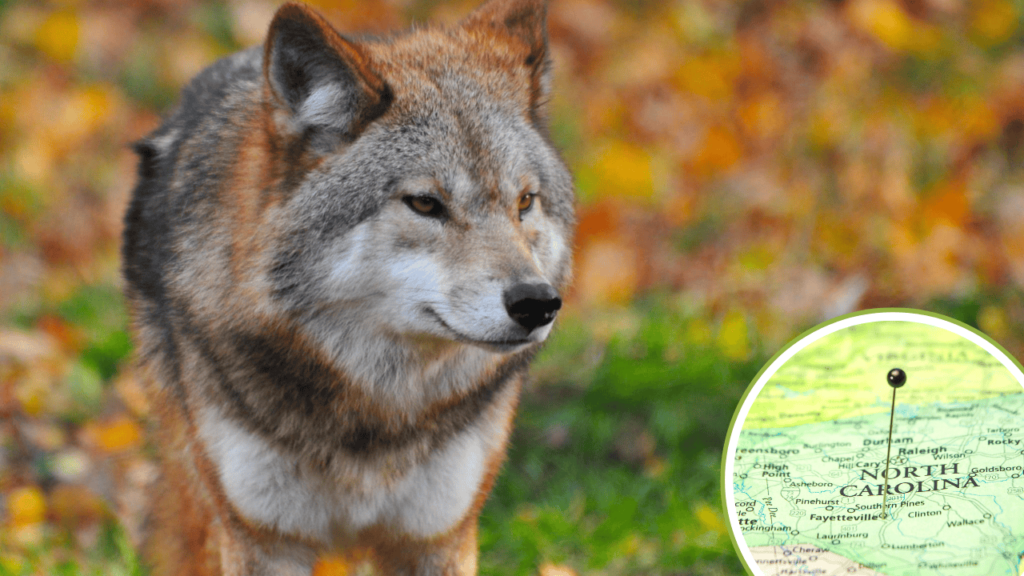On a foggy morning in the southeastern United States, an unfamiliar call echoes through the pines—a sound many thought lost forever. The red wolf, with its russet fur and piercing golden eyes, is slipping quietly back into landscapes where it once reigned. For decades, this shy yet vital predator teetered on the brink of extinction, a ghost in its ancestral home. Yet today, against all odds and amidst swirling debate, the red wolf’s story is being rewritten. Its return is not just a tale of survival, but a dramatic experiment in hope, ecology, and the power of people to heal what was broken.
The Red Wolf: A Vanishing Legend
The red wolf is as much a symbol of the American wild as the bald eagle, yet its story is steeped in tragedy. Once roaming from Texas to the Atlantic, red wolves played a crucial role in the Southeast’s ecosystems. By the 1970s, relentless hunting, habitat loss, and interbreeding with coyotes pushed them to the very edge—fewer than 20 pure red wolves could be found. Their mournful howls faded from the forests, leaving a silence that went unnoticed by most, but felt deeply by those who remembered.
Why Red Wolves Matter
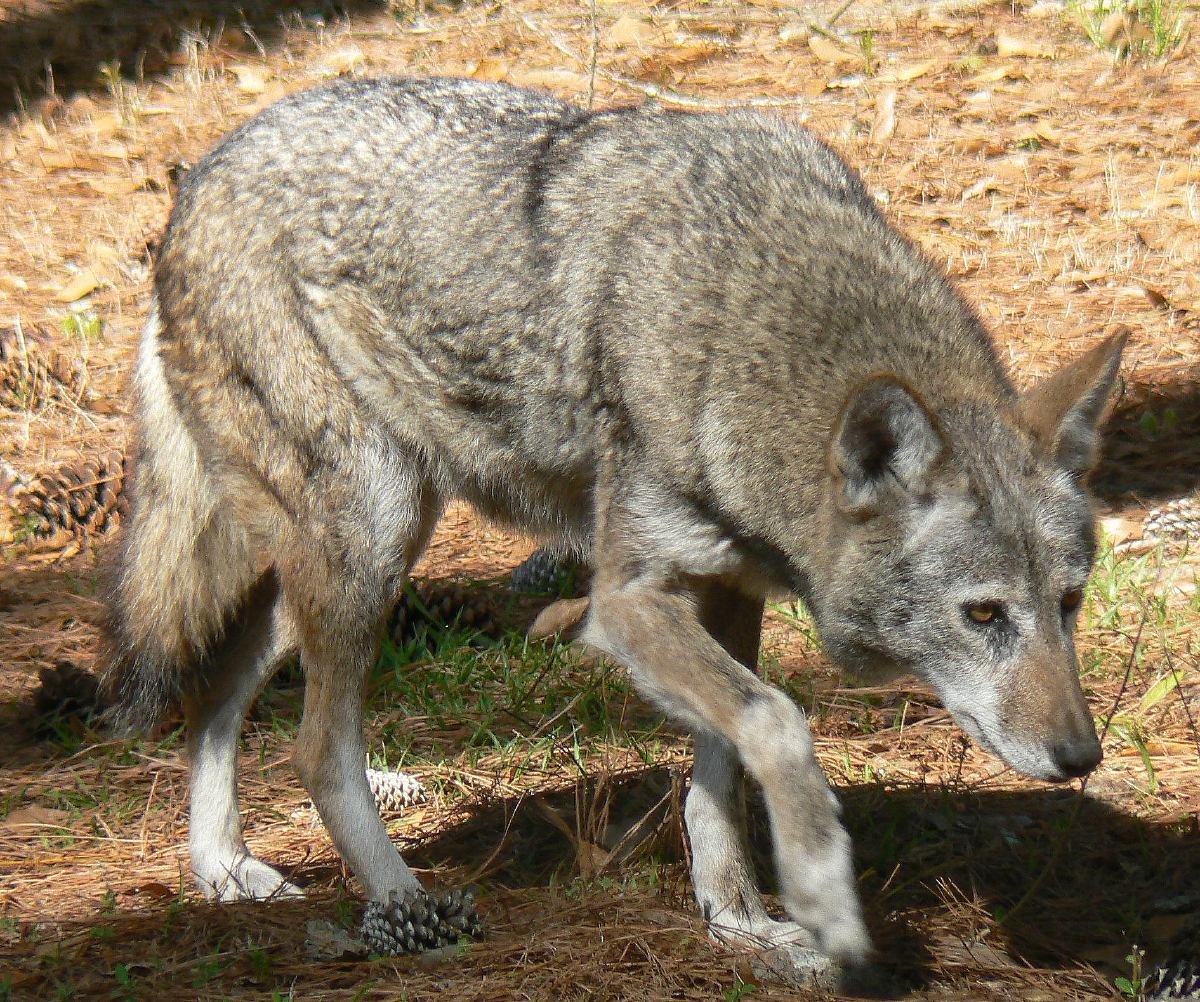
Predators like the red wolf are more than just beautiful or fearsome creatures—they are architects of balance. When red wolves vanished, their absence rippled through the food web. Deer populations exploded, stripping forests of young growth. Smaller predators, unchecked, multiplied. The return of red wolves promises a revival of natural order, where each species has its place, and the land itself breathes easier. Their presence is an ecological reset button, restoring the intricate dance between predator and prey.
The Science of Rewilding
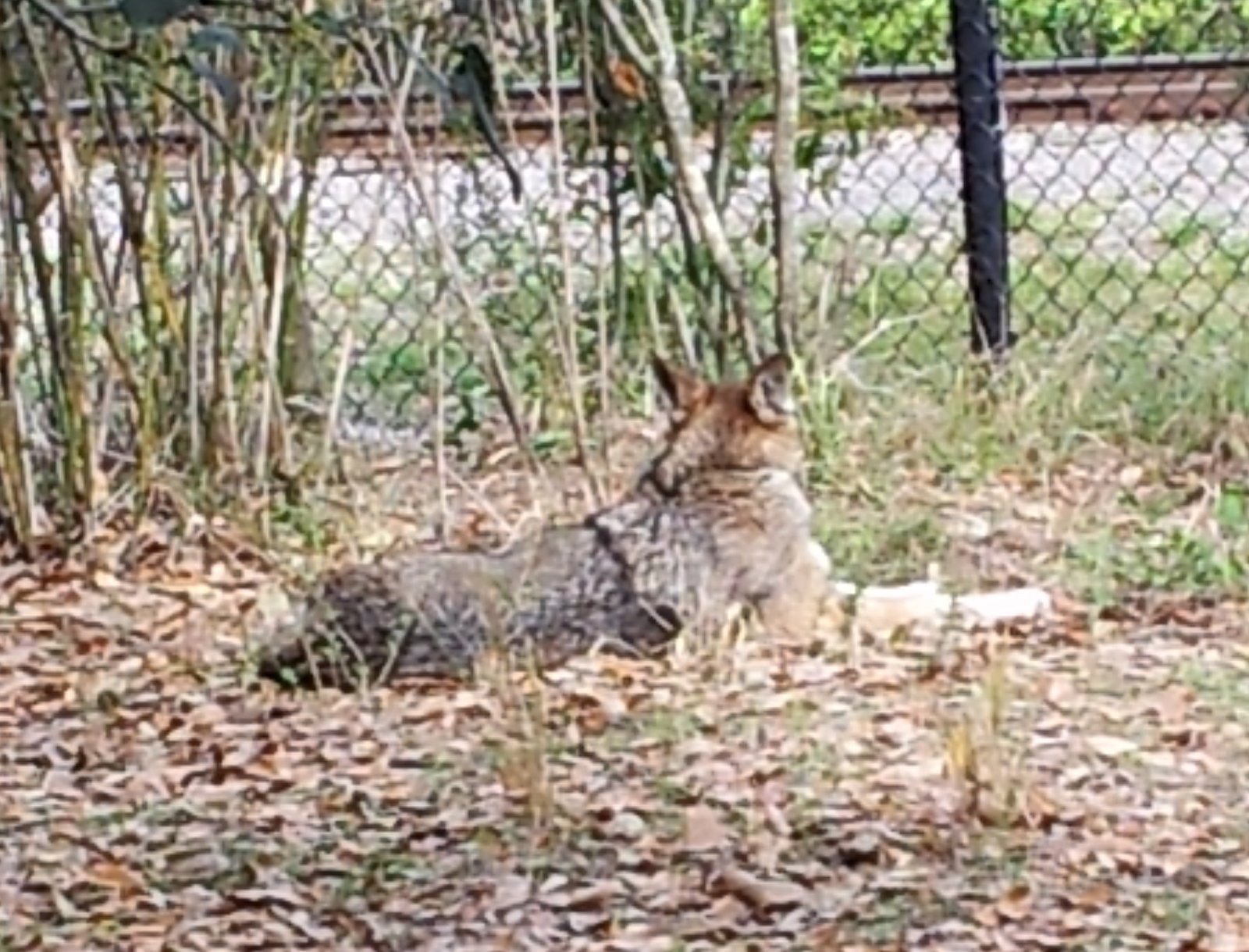
Rewilding isn’t just about putting animals back in the wild. It’s a careful science, blending genetics, ecology, and community support. For the red wolf, scientists first had to breed a healthy population in captivity, ensuring genetic diversity. Then, they carefully selected habitats where wolves could thrive and minimize conflict with humans. Every wolf released is tracked by radio collar, its health and behavior monitored like a high-stakes experiment. The process is slow, meticulous, and full of setbacks, but the results can be astonishing.
The First Steps: Alligator River National Wildlife Refuge
In 1987, the southeastern winds carried a new hope as the first captive-bred red wolves set paw in North Carolina’s Alligator River National Wildlife Refuge. This swampy, wild region was chosen for its remote, protected landscape—perfect for shy wolves to make a fresh start. Early years brought excitement and heartache. Some wolves thrived, forming packs and raising pups. Others were lost to cars or gunfire. But for the first time in decades, red wolves were living wild and free.
Challenges on the Path to Recovery
The journey has never been smooth. Red wolves face threats at every turn—poaching, vehicle collisions, and the ever-present risk of hybridizing with coyotes, which can dilute their unique genetics. Human fear and misunderstanding have also played a role, with some landowners and hunters opposing their return. Each setback is a reminder of how fragile recovery can be. Yet, dedicated biologists and volunteers work tirelessly, rescuing orphaned pups, mediating conflicts, and pushing for stronger protections.
Genetic Purity and Hybridization
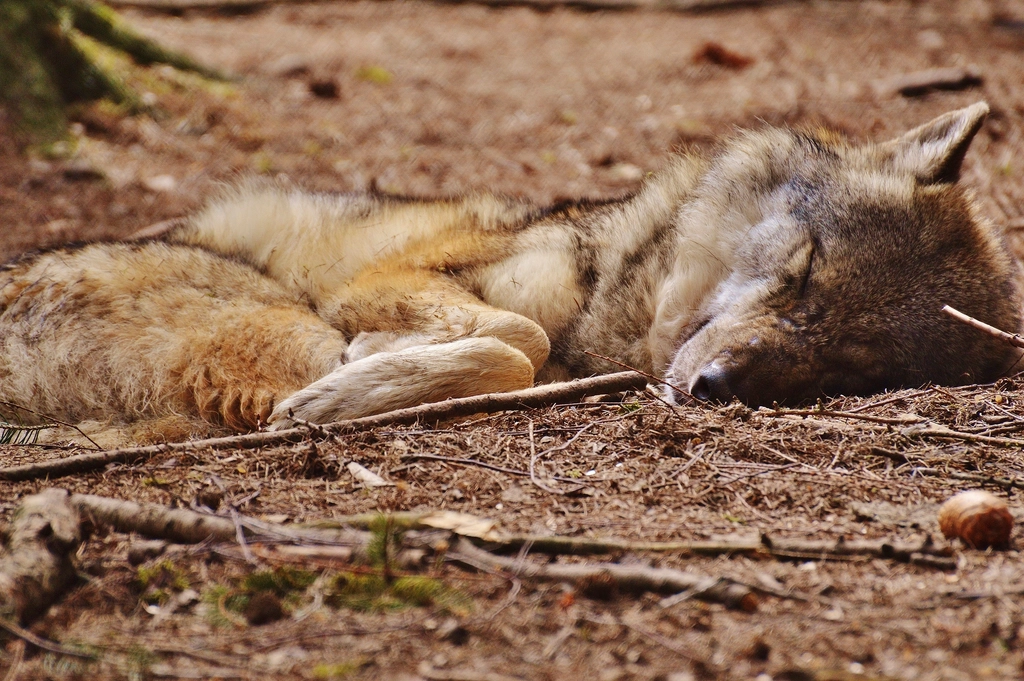
One of the thorniest issues is hybridization. With so few red wolves left, many bred with coyotes, threatening the species’ genetic identity. Scientists have responded with creative strategies—removing coyote hybrids, using sterilized coyotes as “placeholders” to keep territory until more red wolves can be introduced, and carefully managing pairings. DNA testing is now a regular part of the work, as every pup born is a precious link to the species’ survival.
The Role of Local Communities
No rewilding effort can succeed without the support of people who share the land. In North Carolina, outreach programs have helped teach residents about the value of red wolves. Some landowners have become passionate advocates, even volunteering to monitor dens or share sightings. Still, others remain skeptical, worried about livestock or game. Building trust and finding common ground is as important as any scientific breakthrough, turning former adversaries into unlikely allies.
The Ecological Ripple Effect
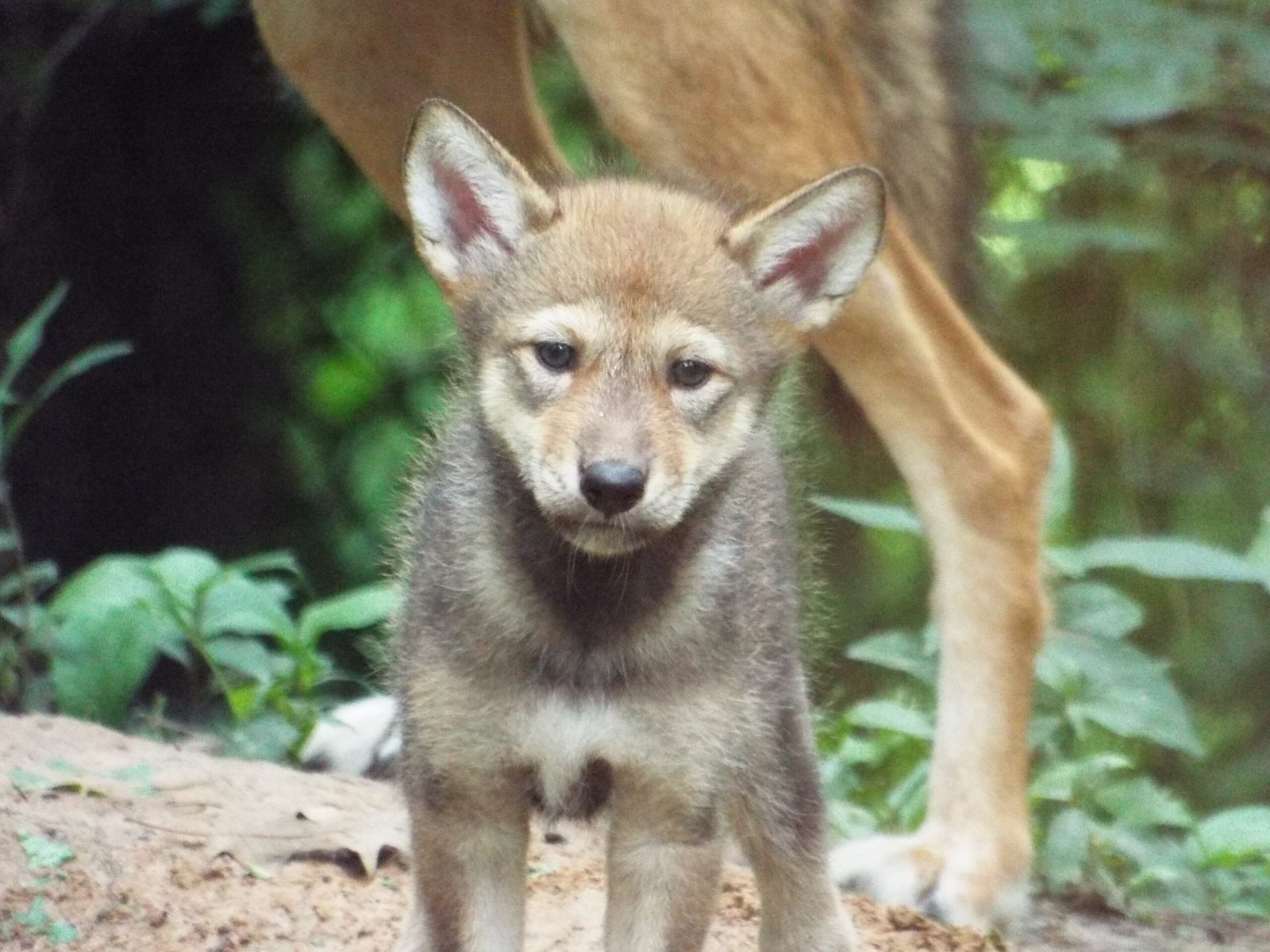
When red wolves return, everything changes. Studies show that deer numbers become more balanced, leading to healthier forests. Mesopredators like raccoons and foxes become more cautious, benefiting ground-nesting birds and other vulnerable species. Even the landscape itself—rivers, marshes, and woodlands—reaps the rewards of top predators keeping the ecosystem in check. The red wolf becomes a quiet guardian, shaping the land in ways both visible and hidden.
Current Numbers and Hopeful Signs
Today, the wild population of red wolves remains critically small—fewer than 30 roam free, mostly in eastern North Carolina. Yet there are glimmers of hope. Captive breeding programs have improved, with dozens of pups born each year. New partnerships are emerging, from zoos to private landowners, all united by a shared goal: a future where red wolves no longer teeter on extinction’s edge. Every birth, every howl, is a victory against the odds.
The Future of Rewilding in the Southeast
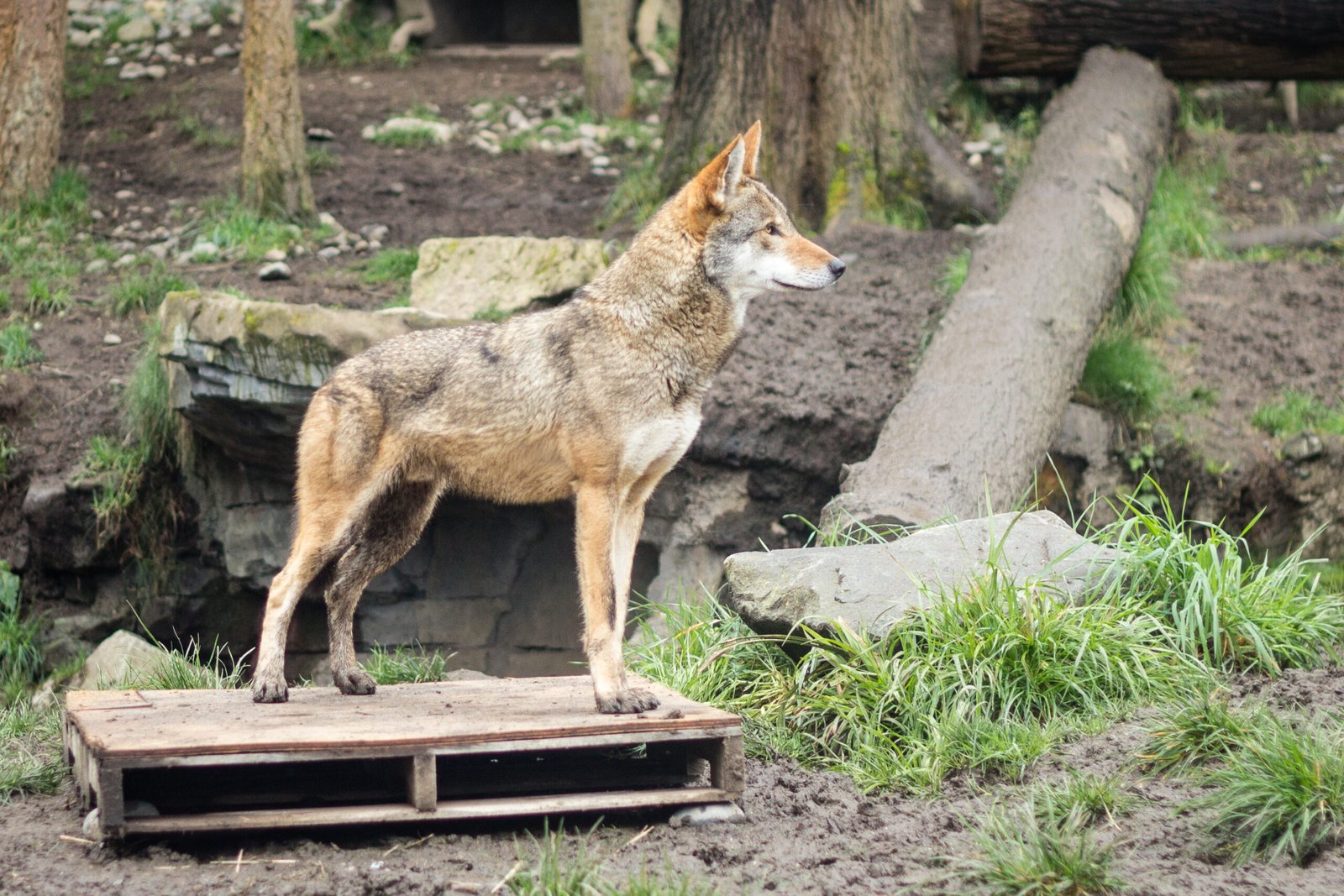
Looking ahead, the red wolf’s fate is tied to the choices people make now. Debates rage over new reintroduction sites, from South Carolina’s wild coast to the piney woods of Alabama. Scientists are exploring innovative tools like genetic rescue—introducing new genes to boost diversity. For many, the red wolf’s return is a test case for larger efforts to restore lost predators across America. Its success or failure will echo far beyond the Southeast, inspiring or cautioning future generations.
A Wild Legacy Rekindled
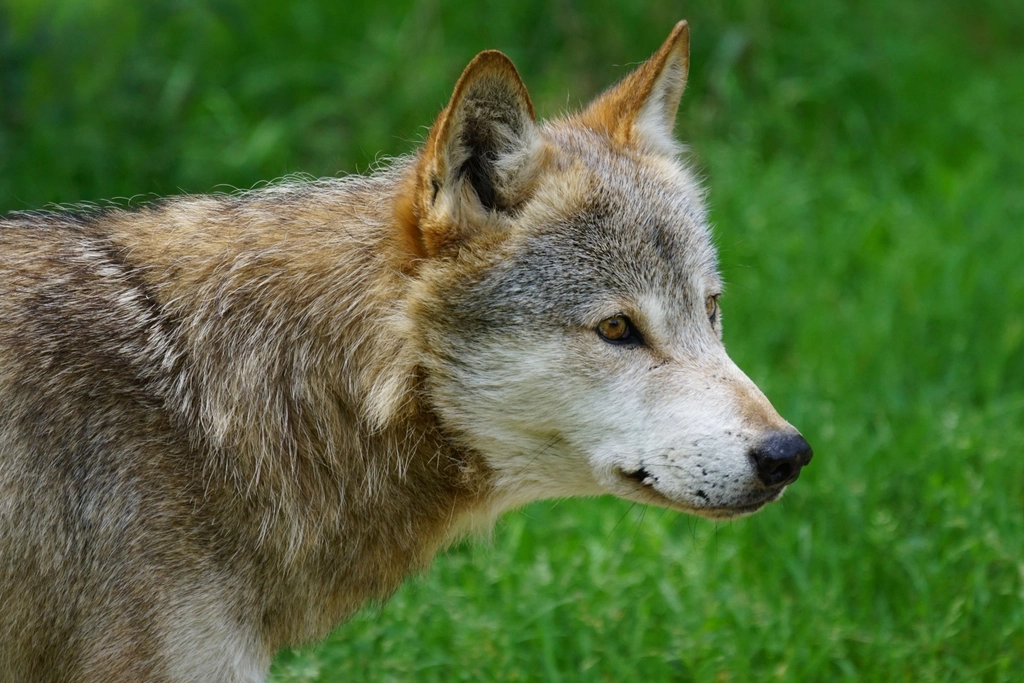
The red wolf’s story is more than a conservation project—it’s a testament to resilience, hope, and the power of second chances. As the Southeast’s forgotten predator finds its voice once more, it invites us to reconsider our relationship with the wild. Can we learn to coexist, to mend what’s been broken, and to let the howl of the red wolf ring out once again? The answer is written in every muddy paw print and every glowing pair of eyes beneath the moonlit pines.

